What are the structures that explain our world?
We are excited to share the enriching experiences from our recent learning expedition with Grade 8, titled “Another Brick in the Wall.” Guided by the insightful question, “What are the structures that explain our world?” students went on an enlightening journey to explore the historical, cultural, and architectural marvels of Pul Kanjri.
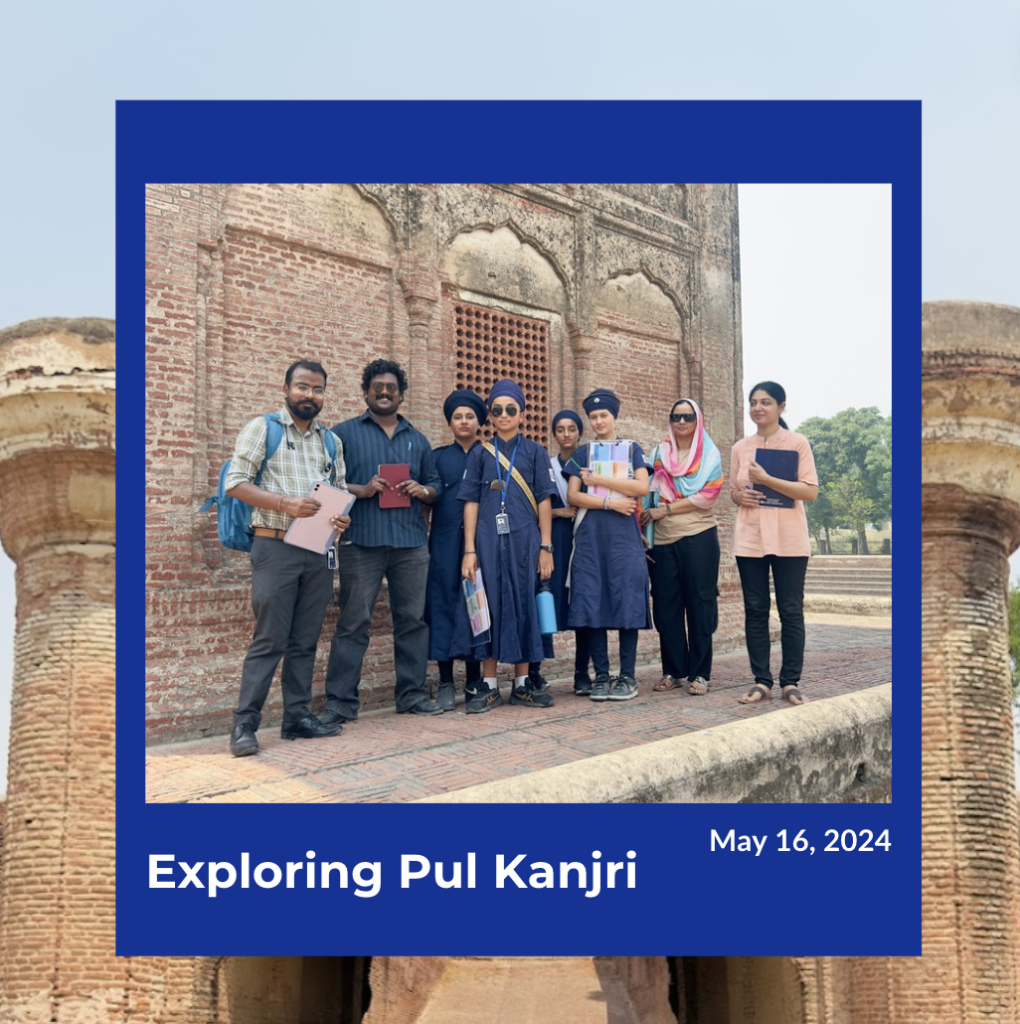
Accompanied by MPA teachers from the History, English, and Art departments, Grade 8 students ventured on a transformative field trip to Pul Kanjri. This excursion provided a tangible look into the historical and architectural significance of the site, with Maharaja Ranjit Singh’s legacy and the site’s multifunctional use at the center of the lesson.
Understanding historical architecture and cultural heritage
Throughout the visit, students engaged in various activities aimed at fostering a comprehensive understanding of historical architecture and cultural heritage.
They learned about:
- the construction techniques and materials used in Pul Kanjri
- the site’s evolution into a historically significant landmark
- insights into the intricate craftsmanship and durability of the structures
- the vital role of architectural ingenuity in historical preservation
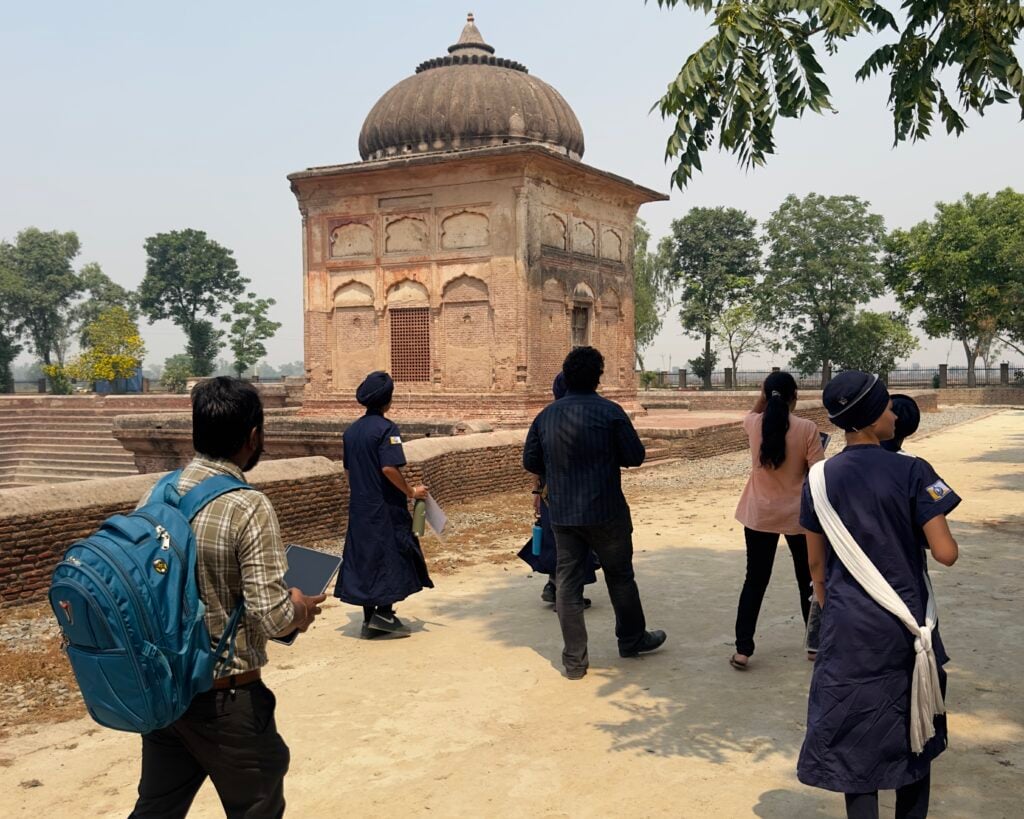
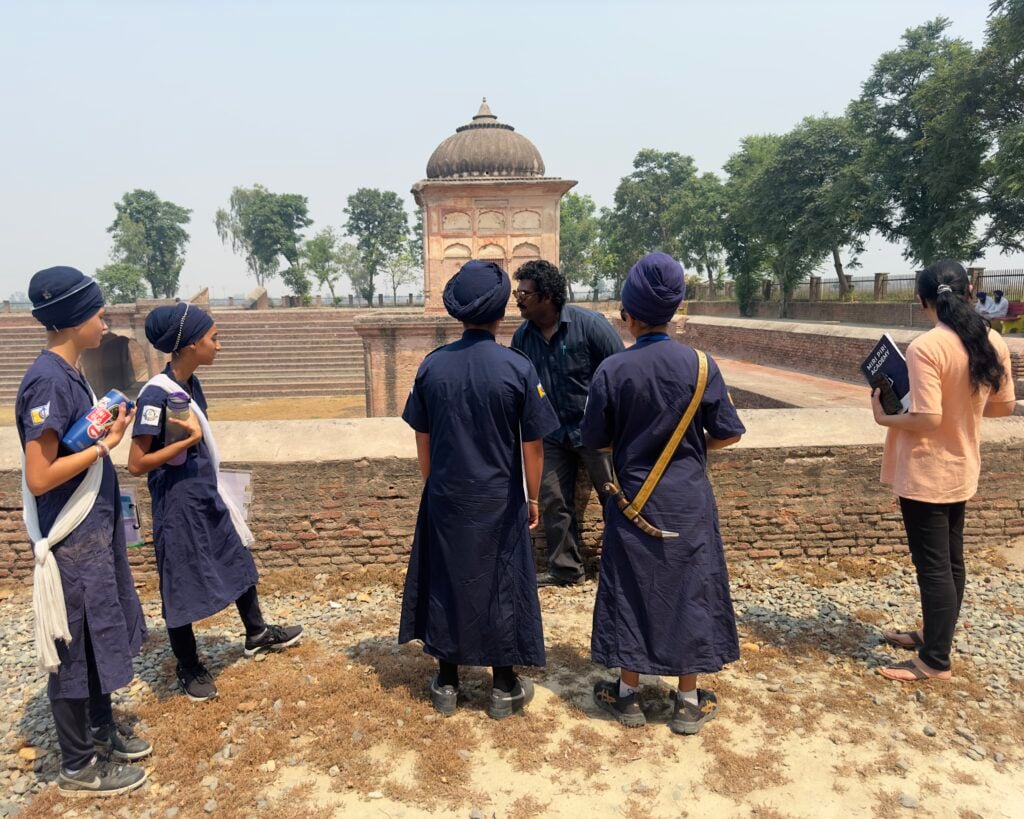
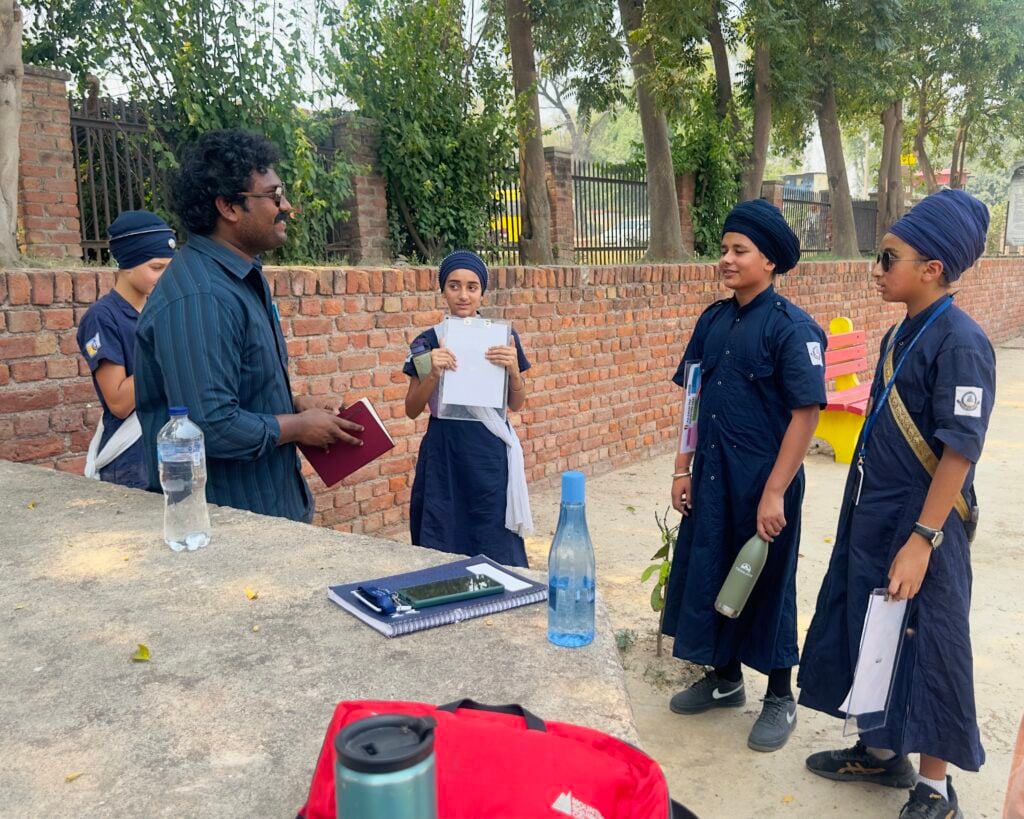
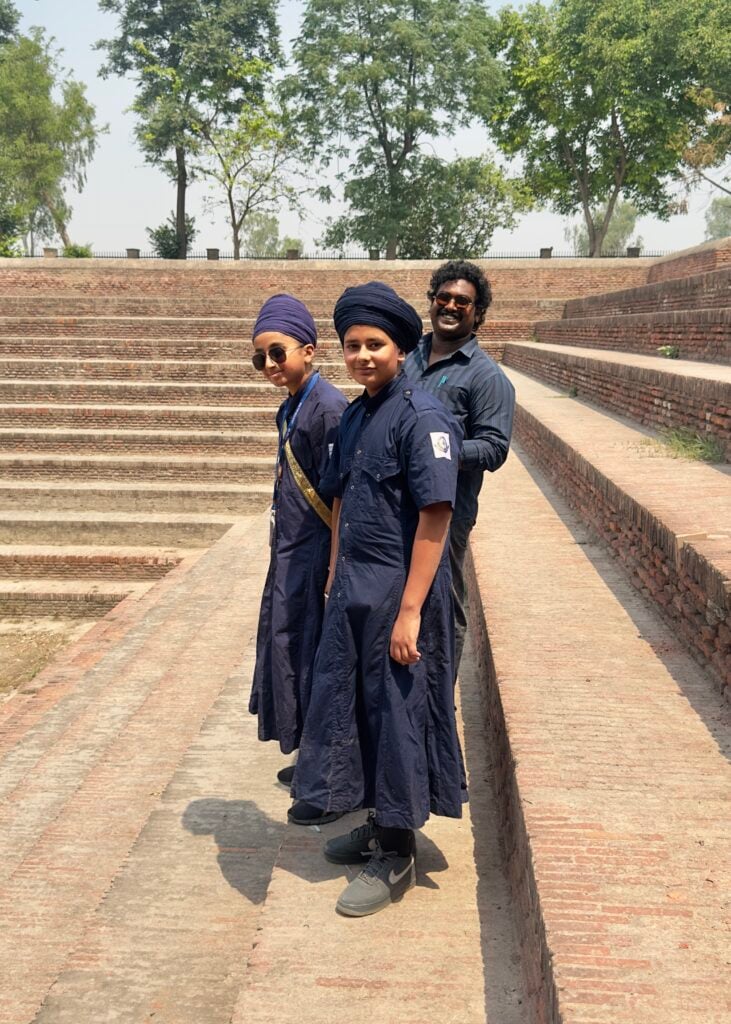
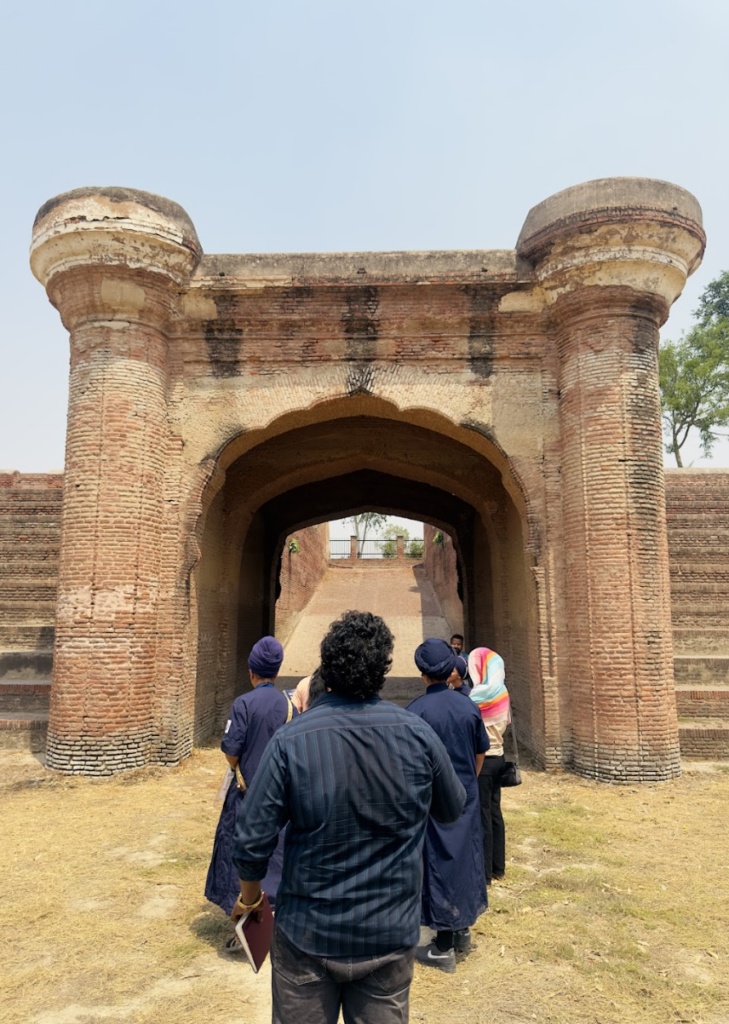
Students completed a project to document their observations and reflections. Some of the things they noted were the structure of Pul Kanjri, and its impressive buildings and the prayer area, with some students contemplating the life that existed at that time. This hands-on exploration deepened the students’ understanding of the historical context and cultural significance of the structures, revealing how the structures have withstood the test of time.
Insights from an architect
The following day, the students had the opportunity to interact with Praneet Bhabhar, a renowned architect, who visited our school.
Praneet provided detailed explanations of the engineering techniques and sustainable practices that ensured the longevity of Pul Kanjri. She also discussed how Pul Kanjri served as a trade route where traders and their horses would stop to rest, bathe, and rejuvenate. Her expertise shed light on the importance of brick bonding and lime mortar, inspiring our young learners to appreciate the complexities of historical construction.
Field trip reflections

Reflecting on their journey, students expressed a newfound appreciation for the intricate relationship between architecture and history.
They emerged from the expedition with a renewed sense of curiosity and a commitment to exploring how structures explain and shape our world.
As educators, witnessing the intellectual and personal growth of our students throughout this expedition has been profoundly rewarding. Inspired by the world around them, our Grade 8 students have returned with a richer understanding of history, architecture, and the cultural narratives that structures convey.
